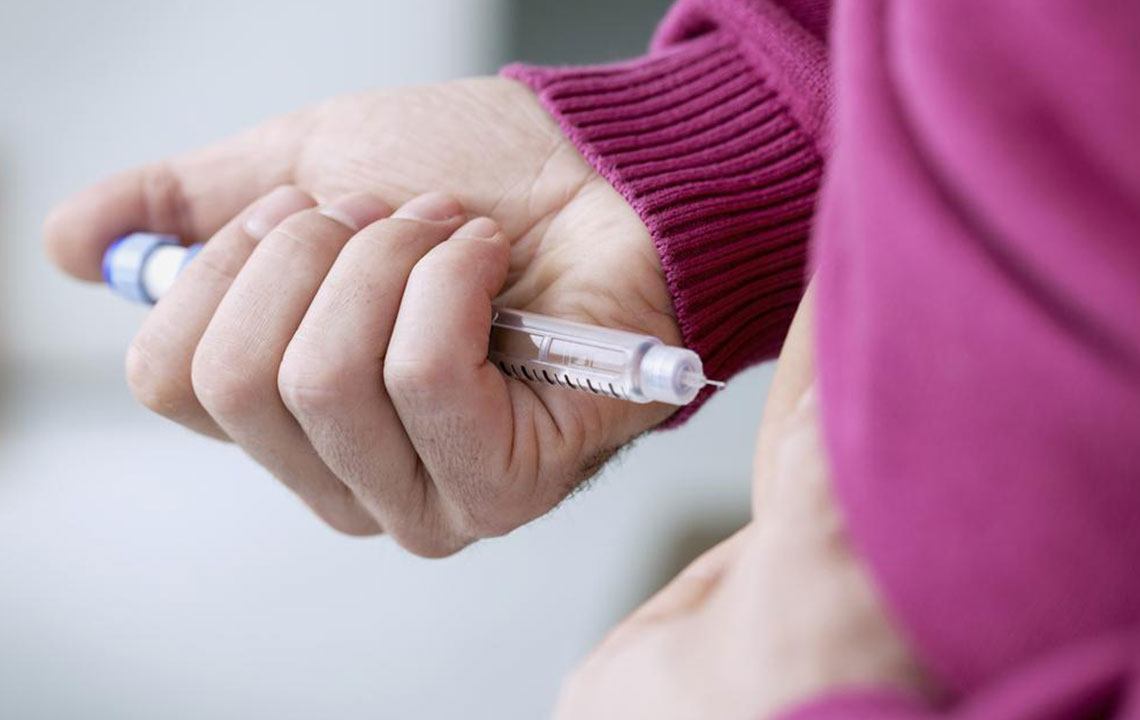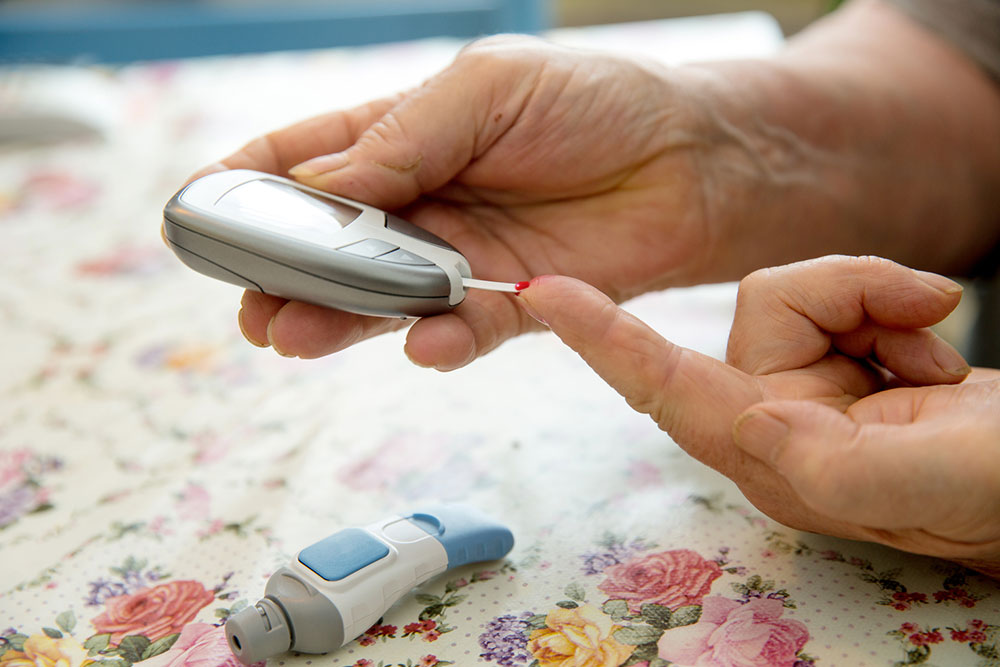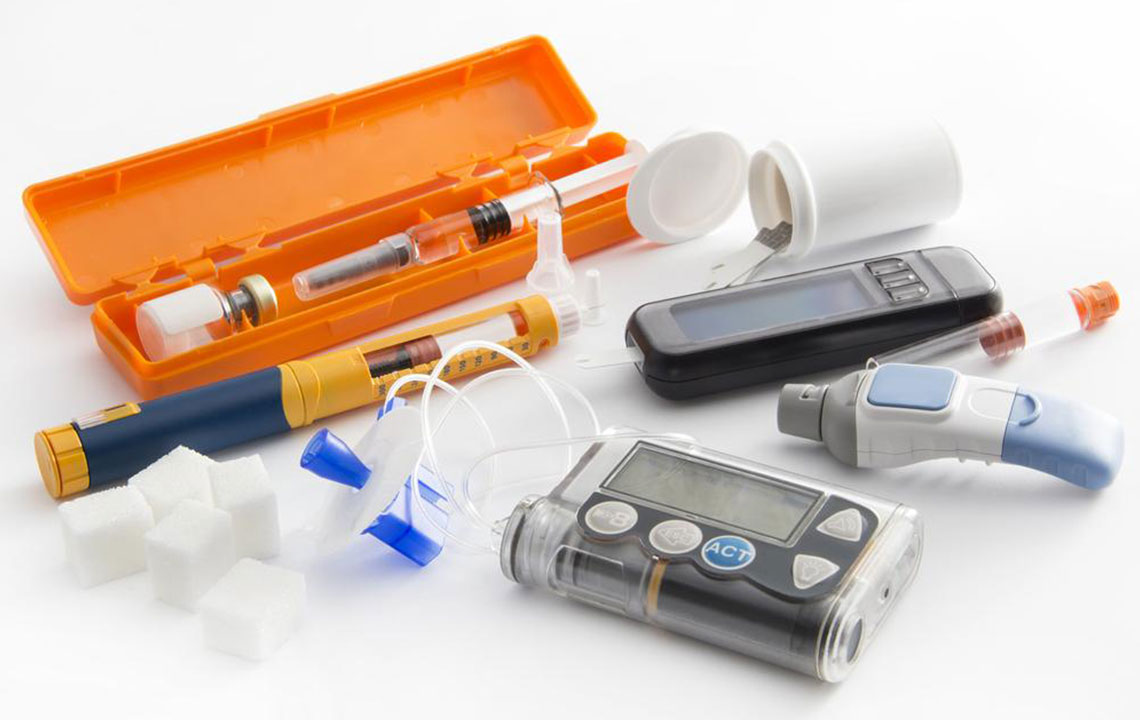Enhance Diabetes Care with Advanced Insulin Pen Devices for Better Management
This comprehensive article covers the evolution and benefits of insulin pen devices in diabetes management. It explains insulin's role, compares different types of pens, highlights advanced features, and offers usage tips. Insulin pens have revolutionized blood sugar control by offering a convenient, precise, and safe method for self-injection, greatly improving quality of life for diabetics. The article emphasizes selecting suitable devices and proper techniques to optimize treatment outcomes, making diabetes management simpler, safer, and more effective.

Enhance Diabetes Care with Advanced Insulin Pen Devices for Better Management
Effective management of diabetes requires precise insulin therapy, which can be a complex process for many patients. Historically, individuals with diabetes had to rely on traditional methods such as using syringes, vials, and needles, demanding meticulous handling and accurate dosage measurement. Managing multiple insulin types daily often added to this complexity. Around twenty years ago, the advent of insulin pens revolutionized this aspect of diabetes care. These innovative devices have simplified medication administration, enabling patients to inject insulin more accurately, conveniently, and with greater confidence. As a result, insulin pens have become a crucial tool in managing both type 1 and type 2 diabetes effectively.
Understanding the Role of Insulin in Diabetes
Insulin is a vital hormone produced by the pancreas that helps regulate blood glucose levels after eating. In individuals with diabetes, especially type 1, the pancreas produces little or no insulin, necessitating external supplementation via injections. In type 2 diabetes, insulin resistance develops, leading to elevated blood sugar levels that require careful management with insulin therapy. Insulin's action is characterized by its onset (how quickly it starts working), peak (when it is most effective), and duration (how long it acts). Various forms of insulin are available to match the patient’s needs, including short-acting, rapid-acting, intermediate-acting, long-acting, and premixed formulations. Proper insulin management is crucial in preventing complications associated with high blood sugar, such as nerve damage, kidney failure, and cardiovascular disease.
The Advantages of Using Insulin Pens
Insulin pens have brought a transformative change in diabetes treatment routines by offering a more user-friendly alternative to traditional syringe and vial methods. These devices are prefilled or have replaceable cartridges, making insulin administration straightforward. They allow patients to select precise doses, reducing the risk of errors and improving overall blood sugar control. Insulin pens are especially beneficial for individuals requiring multiple types of insulin or frequent injections, providing flexibility and ease of use. They also enhance discreetness and convenience, allowing patients to administer insulin discreetly outside of home environments, improving their quality of life. Additionally, insulin pens contribute to better adherence to treatment plans by simplifying the injection process and reducing the discomfort associated with traditional methods.
Various Types of Insulin Pens
Disposable insulin pens: These prefilled devices come with insulin already loaded and are intended for single-patient use. They need to be refrigerated before use and are discarded after 28 days or once the insulin runs out. Their simplicity and convenience make them popular among new users and those seeking minimal maintenance.
Reusable insulin pens: These pens feature a durable body with replaceable cartridges filled with insulin. Users typically refrigerate the cartridges prior to use and keep the pen at room temperature during daily use. Reusable pens are environmentally friendly and cost-effective over time, although they require proper cleaning and maintenance.
Combination insulin pens: Designed for patients who require two different types of insulin simultaneously, these pens contain a mixture of insulins in one device, reducing the number of injections needed per day. They support simplified routines for complex insulin regimens.
Key Features of Modern Insulin Pens
Today’s insulin pens are equipped with innovative features to ensure safety and ease of use. Many models incorporate tactile cues like textured grips to enhance grip and control. Spring-loaded mechanisms make pressing the injection button effortless, even for individuals with limited hand strength. Some pens include dose correction alerts or audible clicks to confirm the dose is set correctly. Digital displays provide quick access to information such as the last dose administered and the time, aiding in perfect dose accuracy. Features like dose memory and reminder alerts further improve adherence and minimize dosing errors, empowering users to manage their diabetes more effectively.
Proper Usage and Tips for Insulin Pens
Begin by removing the pen cap and attaching a new, sterile needle, ensuring it is securely fixed.
Prime the pen by dialing a small dose to expel air bubbles, which helps ensure accurate dosing.
Set the prescribed insulin dose, then position the pen perpendicular to the skin, typically at a 90-degree angle for most sites.
Press the dose button firmly and hold for a few seconds to ensure complete delivery of insulin.
Withdraw the needle from the skin, safely dispose of it in an appropriate sharps container, and store the pen in a cool, dry place.
Effective use of insulin pens requires proper technique; consulting healthcare professionals for training and guidance can optimize treatment outcomes. Selecting the right type of insulin and device tailored to individual needs is also vital in achieving optimal blood glucose control. With continuous advancements in technology, insulin pens are becoming smarter, easier, and more reliable, significantly enhancing the diabetes management experience. By embracing these devices, patients can experience greater freedom, comfort, and confidence in managing their condition daily.





